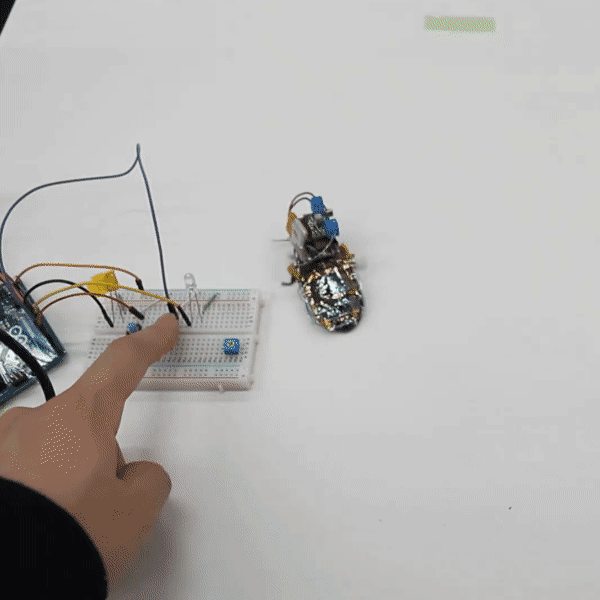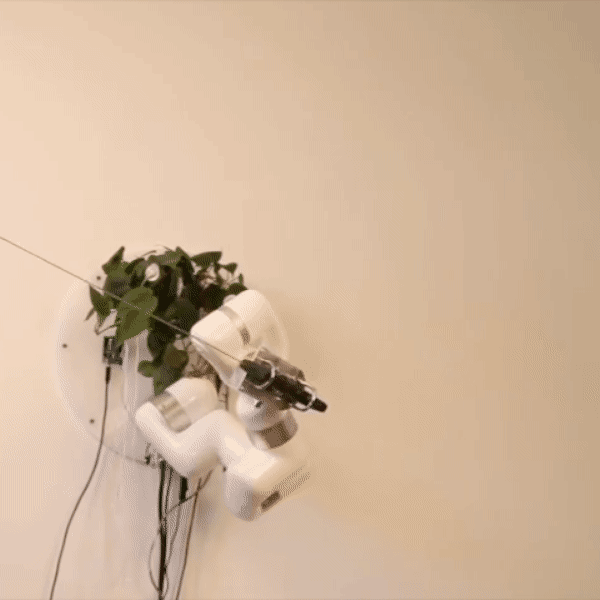By Charles Carter, 08/10/22
South Korean startup SLM has created a cleaning bot, CHIRO, that removes the build up of plants and organisms on a ship’s hull, reducing friction, lowering emissions and protecting biodiversity.
Known as biofouling, the accumulation of aquatic species is a major cause of bio invasions as ships transfer organisms across the world into new ecosystems.
These bio invasions can harm native marine life and hull cleaning is a key mitigation strategy.
How does it work?
CHIRO is electrically driven and has magnetic wheels that adhere to the ship’s hull.
The bot is lowered in to place using a tether, which remains attached while the cleaning is done incase of snagging.
Two circular brushes on the underside of the bot softly scrub off the biofouling and the dirty water is pumped to a filtration system on shore via a pipe.
CHIRO is guided remotely by an operator at a control centre, making use of front and rear live camera feeds and underwater tracking technology to map progress.
The machine has a top speed of 0.5m/s and a cleaning width of 0.8m.
What are the potential benefits?
Removing biofouling decreases the resistance of the hull as it passes through the water, which can decrease fuel consumption and emissions by up to 50 percent, according to SLM.
Using CHIRO promises to be faster and safer than existing biofouling removal methods which include dry-docking and underwater cleaning by divers.
Helping to prevent aquatic bioinvasions more efficiently is a big plus for CHIRO.
Especially as the rules could get more stringent in the years ahead: The International Maritime Organisation (IMO) is currently reviewing its Guidelines for the control and management of ships’ biofouling to minimize the transfer of invasive aquatic species, which were first issued in July 2011.
Questions for you. Comment below
- First thought that comes into your head?
- Pros and cons according to you?
- Other applications of this approach?
- What could this be combined with?
Links
https://www.youtube.com/channel/UCizMWyMvl_BpXTEfpIy_ZIQ/videos
https://www.imo.org/en/OurWork/Environment/Pages/Biofouling.aspx




Thanks for sharing. I read many of your blog posts, cool, your blog is very good.
Your article helped me a lot, is there any more related content? Thanks!